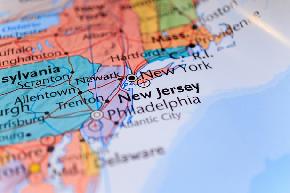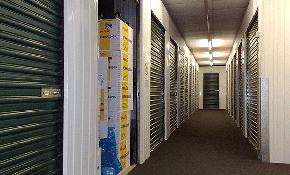At next month’s I.CON: The Industrial Conference in Jersey City, business development specialist Steve Schellenberg of IMS Worldwide will moderate a panel on dynamic growth in emerging markets. The session at NAIOP’s event will focus on two “inland port” areas, the Lehigh Valley in Pennsylvania and Norfolk, VA. Previewing the panel discussion, Schellenberg spoke by telephone with GlobeSt.com’s Antoinette Martin.
GlobeSt.: Why the focus on these ‘secondary’ markets at this national NAIOP conference?
Schellenberg: The smart money and smart investor must learn to understand the trends that are driving growth in the Lehigh Valley and Norfolk and identify those markets that have the same potential to succeed. Discussion of port logistics for many years involved only what happens on the water side of the ports. Today, the critical issue for the logistics supply chain is: how to provide an array of options to move freight inland.
GlobeSt.: Are you talking about rail, truck, or both modes of moving freight inland?
Schellenberg: As we all are aware, ships are now discharging larger and larger loads, given the bigger ships and the widening of the Panama Canal allowing a direct route to East Coast ports. The key is to develop distribution centers that provide multiple choices for inland delivery. The sites in the Lehigh Valley and the Norfolk/FrontRoyal area link to multiple railroad lines going to multiple locations, aligned with road transit routes that broaden the inland distribution pattern.
GlobeSt. com: Port distribution is reaching further inland with the rail/truck combination?
Schellenberg: Exactly. Historically, ‘truck ports’ had a 250-300 mile reach. With intermodal delivery, and heavier reliance on rail, that is greatly expanded. The next land rush is going to be for inland intermodal destinations. That is why we wanted to show the Lehigh Valley as a critical example of what is happening – development is dynamic there right now.
GlobeSt. com: The Lehigh Valley is further away from the New York City population center than its competitor, New Jersey…
Schellenberg: But if you look at freight-flow maps for truck and rail, you can cover the same number of East Coast consumers from a distribution center in the Lehigh Valley. The land costs and development costs are much lower. New Jersey has strong tax incentives to development, but from where I sit, taxes are a smaller part of the costs.
GlobeSt. com: What about delivery time?
Schellenberg: It’s all about what you promise – three days, two, one, same day. It will dictate your resources for order management, logistics and real estate decisions. The whole picture is intricate and rapidly changing. We live in a heroically interesting time to be in the logistics industry.

















 Copyright © 2024 ALM Global, LLC. All Rights Reserved.
Copyright © 2024 ALM Global, LLC. All Rights Reserved.